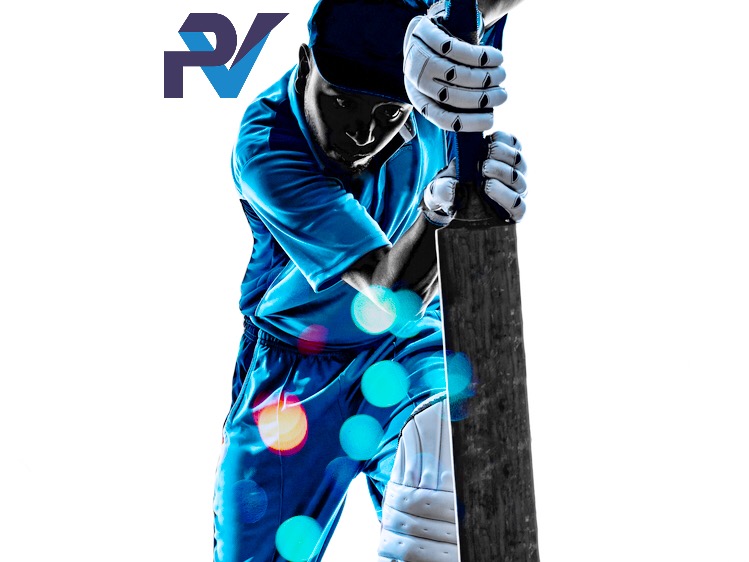Master the Three Man Batting Drill to Improve Your Technique
 The two player batting drill is a staple of cricket practice: You throw, your mate hits the ball, you swap around. It works. And when you add a third person it can work even better to hone your technique.
The two player batting drill is a staple of cricket practice: You throw, your mate hits the ball, you swap around. It works. And when you add a third person it can work even better to hone your technique.
How does it work?
First, you pick any batting drill, from soft ball drop feeds to bowling machine madness.
Then, the group of three split into batsman, feeder and analyst. The first two are straightforward, the third looks at the performance of the batsman. If you have access to a smart phone you can video it too.
At the end of the batsman's set, you review the drill together, discuss what was good and what needs work. Then you rotate the roles and start again.
The result is a more focused and effective drill. when it's your turn to bat you will notice how much sharper you are trying the drill now you have an audience. You'll appreciate the different viewpoint you get from both the analyst and the camera.
Why have an analyst for drills?
The "analyst" has the job of watching the batsman only. That means you can pick up on things that the feeder and batter can miss. You can focus on the technical side, or be more tactical depending on the aim of the drill, but you can always take something from eyes with 100% focus.
In fact, it's this knowledge that you need to have some feedback that makes you better at spotting things, and you will find your own game improves as you get to know yourself.
Plus, if you are holding the camera, you can make sure you are hitting record at the right time and getting the shot from the right angle.
Finally, the coach appreciates it when you are in a large group because she can see there is coaching going on even when her focus is elsewhere. It's a good drill to do when you are cramped for space (for instance, recently I did a three man drill in a single net lane when we had eight players and only two nets with no other space).
How to be the analyst
The nuts and bolts of the job are easy; observe (and record), analyse and feedback. However, how you do this is important.
The analyst role has a big responsibility because you are partially coaching a team mate. So, it helps to have a coaches' eye, especially on technical matters. However, even if you have no clue about technique you can still be helpful with tactical suggestions.
Remember, your job is not just to spot errors, it's also to highlight strong areas and help a player build confidence in the skill she is developing. If you do it for her, she will do it for you! My general advice is to pick out two or three things that were done well, and one thing that needs work.
It's important not to assume any extra power or knowledge when you take the analyst role. You are entitled to air your views and the batsman is entitled to disagree. It's a discussion. The same courtesy will be extended to you when roles are reversed.
It's another set of eyes (or two if you include the camera) and another brain to help build confidence and reduce errors. Keep that in mind and you can't go far wrong.
Give the method a try and let me know how you go.
- Login to post comments

